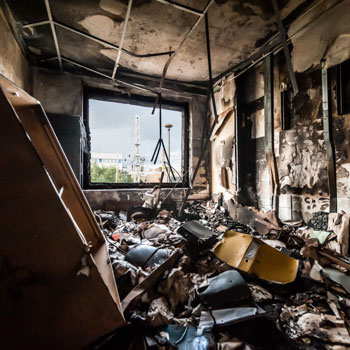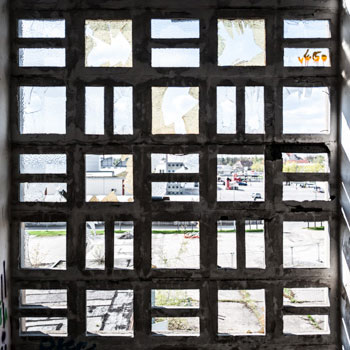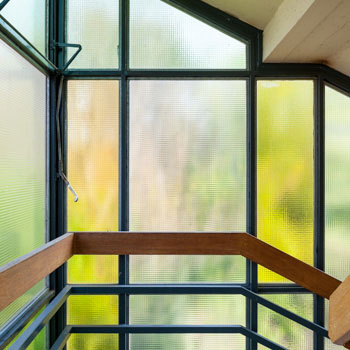Lost Places
Question: What remains when people abandon a place they used to interact with in the classic way?
Wherever there are people, there is architecture. From wooden huts to skyscrapers, buildings reflect the civilisational development of societies. It is a place of worship, commemoration, enjoyment, protection and confinement. In this series, Wenger questions the process of forgetting. In snapshots he documents an in-between space of loss, temporality and revival.
The study of architecture teaches a concrete way of dealing with built witnesses. The idea finds form in the design, the design leads to completion through implementation. The focus is clearly on completion, but little attention is paid to the building at the moment of loss of function. The afterlife of buildings has a particular morbid tenderness. As Auguste Rodin said: "More beautiful than a beautiful thing is the ruin of a beautiful thing".
Sustainability is becoming more and more important in social debates, but the desired circular economy in the building sector is still a long way off. In the moment of human absence, flora and fauna conquer these abandoned places, break through the solid concrete with fine stems, use it as a shelter and a parental home. This reunion after displacement has a healing quality and gives hope that the strength of nature can still withstand the destructiveness of humankind.
People also use architecture beyond its original function as an in-between space: it becomes the setting for many social situations. Urban art and graffiti, a shelter for the needy, a playground for children and teenagers, vandalism and perhaps a first kiss.
What makes this series so moving is the constant transience of all things at all times, which contains both beauty and tragedy. Wenger's search for traces of the present and the absent is entirely devoted to the fascination of the inevitable forgetting and the certain continuation of life.



















